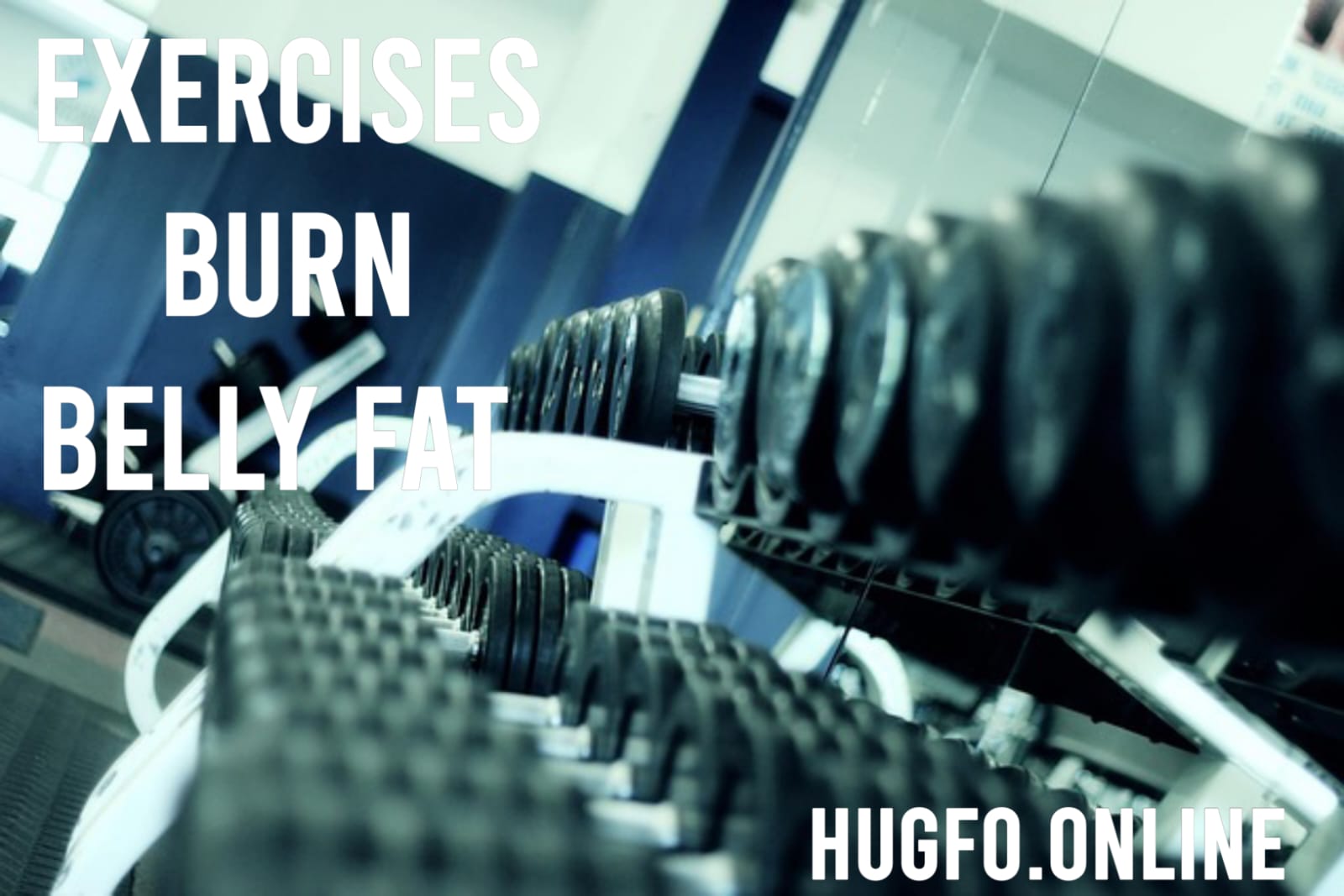Yoga’s myriad styles and approaches frequently leave novices and seasoned practitioners alike baffled: What kind of yoga is best for strength and adaptability?” Whether you’re planning to improve your actual exhibition, forestall wounds, or essentially feel more calm in your body, the correct style of yoga can improve things significantly. In this article, we’ll find out what makes certain yoga styles so effective at increasing flexibility and strength. In this way, carry out your mat and prepare to jump into the bestrehearses for accomplishing a balanced, solid, and adaptable physical make-up!
The Journey for Strength and Adaptability of yoga‘s
Before we get into the bare essential, we should talk about what strength and adaptability truly mean with regards to yoga. Strength isn’t just about swelling muscles — it’s tied in with building perseverance, dependability, and the capacity to hold testing presents. Adaptability, then again, is tied in with expanding your scope of movement and simplicity of development. So, how do these two aspects of practice blend together? We should figure it out!
Vinyasa Yoga: Streaming to Strength and Adaptability
At the point when you consider an enthusiastic, streaming practice that burns some calories, Vinyasa could jump into your psyche. Everything no doubt revolves around connecting breath with development, progressing flawlessly starting with one posture then onto the next. This style gets your heart siphoning as well as helps in developing fortitude and adaptability all the while.
Key Advantages of Vinyasa Yoga:
Dynamic Postures: The nonstop stream keeps muscles connected with, developing fortitude.
Further developed Adaptability: Incessant extending and dynamic developments improve your adaptability.
Cardiovascular Lift: The high speed increments pulse and generally perseverance.
Power Yoga: Power might be your best option if you’re serious about building strength and don’t mind working out. This focused energy practice consolidates components of Vinyasa yet with a more noteworthy spotlight on strength-building presents and testing successions.
Why Power Rocks for Strength:
Building Muscles: Different muscle groups are targeted by intense sequences.
Enhanced Durability: Hold testing models for longer periods.
Improved Center Strength: emphasizes strength and stability in the core.
Ashtanga Yoga: The Exemplary for Adaptability and Strength
For the people who like construction and discipline in their training, Ashtanga offers a set series of postures acted in a particular grouping. Similar to following a routine, consistency and repetition are important.
Advantages of Ashtanga Yoga:
Organized Practice: Following a set grouping assists develop with muscling memory and fortitude.
Intense stretches: Ordinary practice further develops adaptability over the long run.
Mental control: Focus and determination are boosted by the regular routine.
Bikram Yoga: Working it Out for Adaptability
Bikram , frequently alluded to as hot, is rehearsed in a warmed room with a decent series of 26 postures. The intensity assists in more profound extending and detoxification, which with canning significantly upgrade adaptability and strength.
Why Bikram is a Hot Pick:
Increased adaptability: Heat helps muscles relax and extend all the more profoundly.
Detoxification: The process of sweating helps the body eliminate toxins.
Expanded Strength: In the heat, holding poses builds endurance and muscle strength.
Choosing the Right Type of You might still be wondering, “What type of is best for strength and flexibility?” now that we’ve looked at various types of yoga. The response truly relies upon your own objectives, wellness level, and inclinations. Here is a fast overview to assist you with choosing:
For Stamina:
Yoga in Power: In the event that you need a difficult exercise with an emphasis on muscle strength, this is the best approach.
Ashtanga Yoga: Try Ashtanga for a method that is more disciplined and has a set sequence.
For Adaptability:
Vinyasa : excellent for general flexibility and dynamic stretching.
Bikram: Ideal to improve your adaptability.
Title: Unveiling the Mystery: What Is Yoga and Its Benefits?
What is Yoga?
At its core, yoga is much more than just bending and stretching. Originating in ancient India over 5,000 years ago, is a holistic practice that connects the mind, body, and spirit. It’s a combination of physical postures (asanas), breathing techniques (pranayama), and meditation or mindfulness. The word “yoga” itself comes from the Sanskrit root “yuj,” meaning to unite or join. Essentially, is about harmonizing your inner self with the external world, creating balance and tranquility.
Today, is practiced worldwide and has evolved into many forms, ranging from gentle, meditative styles to vigorous, sweat-inducing flows. But regardless of the style, the purpose remains the same—to cultivate self-awareness, physical health, and mental clarity.
Different Types of Yoga
Yoga isn’t a one-size-fits-all kind of deal. There are various styles to suit different needs and fitness levels. Let’s break down some of the most popular ones:
- Hatha Yoga
Considered a more traditional form of yoga, Hatha involves basic postures that are held for longer periods. It’s perfect for beginners who are looking to ease into the practice. - Vinyasa Yoga
Vinyasa is all about flow. It links breath with movement, transitioning seamlessly from one pose to another, making it more dynamic and fast-paced. - Bikram Yoga
If you like it hot, Bikram might be for you. This type of is practiced in a room heated to around 105°F with 40% humidity. It’s a 90-minute session consisting of 26 poses that repeat every class. - Yin Yoga
Slow and meditative, Yin focuses on deep stretching and holding poses for longer durations. It targets the body’s connective tissues, promoting flexibility and relaxation. - Ashtanga Yoga
Structured and disciplined, Ashtanga follows a set sequence of poses, performed in the same order every time. It’s physically demanding and great for those who enjoy a challenge.
What are the Benefits of Yoga?
Now that we’ve covered what is, let’s answer the burning question—what are the benefits of yoga? Spoiler alert: There are a lot!
1. Physical Benefits
Yoga offers a slew of physical benefits that go beyond just improving flexibility. Let’s break it down:
- Increased Flexibility: One of the most obvious perks, practicing regularly helps stretch tight muscles and increase your range of motion.
- Improved Strength: Many poses, especially the more challenging ones like planks or downward dog, engage your muscles, building strength over time.
- Better Posture: Constant slouching over laptops? can help correct poor posture by aligning the spine and strengthening core muscles, which in turn alleviates back pain.
- Enhanced Balance: Holding challenging poses like the tree pose improves your balance and coordination, helping to prevent falls and injuries.
- Boosted Immunity: Believe it or not, certain poses are known to stimulate the lymphatic system, which plays a crucial role in maintaining a healthy immune system.
2. Mental Benefits
Yoga isn’t just for the body—it’s a workout for the mind, too. Here’s how it helps mentally:
- Reduced Stress: Who doesn’t need a little stress relief? The combination of mindful breathing and meditation in helps calm the nervous system, lowering cortisol levels and reducing anxiety.
- Improved Focus: By practicing mindfulness through , you learn to stay present, which can sharpen your mental focus and concentration in daily life.
- Better Sleep: Ever had a restless night where your brain just won’t shut off? can help with that. It reduces stress and promotes relaxation, leading to improved sleep quality.
- Enhanced Emotional Resilience: helps you become more in tune with your emotions, teaching you how to manage them better and stay calm in stressful situations.
3. Spiritual Benefits
While not everyone practices for spiritual reasons, for those who do, yoga offers a pathway to connect with something greater than themselves.
- Inner Peace: Through meditation and mindfulness, fosters a deep sense of inner peace and contentment.
- Increased Awareness: Yoga encourages you to listen to your body and mind, promoting a sense of self-awareness that can extend beyond the mat.
Why Should You Start Practicing Yoga?
If the physical, mental, and spiritual benefits haven’t convinced you yet, here’s why you should give a try:
- It’s for Everyone: Whether you’re a complete beginner or a seasoned yogi, there’s a yoga style and level that’s perfect for you.
- Minimal Equipment Needed: All you need is a mat, some comfy clothes, and a little bit of space. No need for fancy gym equipment!
- It Can Be Done Anywhere: One of the best things about is its flexibility (pun intended). You can practice it at home, in a park, or at a studio—whatever works for you.
- It’s Low Impact: Yoga is gentle on the joints, making it an excellent option for people with injuries or those looking for a low-impact exercise.
FAQs About Yoga
1. Can I practice if I’m not flexible?
Absolutely! is about progress, not perfection. Flexibility comes with time, and the more you practice, the more flexible you’ll become.
2. How often should I practice to see benefits?
Consistency is key. Even practicing for 15-20 minutes a day can bring noticeable benefits over time. However, most people aim for 3-5 sessions a week.
3. Do I need to meditate when practicing yoga?
While meditation is a core component of traditional , it’s not a requirement. You can focus solely on the physical postures if that’s what resonates with you.
4. Is yoga a good workout for weight loss?
Yes, certain types of , like Vinyasa and Ashtanga, can help burn calories and tone muscles, contributing to weight loss when combined with a healthy diet.
Conclusion
So, what isand its benefits? It’s more than just a workout—it’s a way of life that nurtures both your body and mind. From increased flexibility and strength to reduced stress and better sleep, benefits are endless. The best part? It’s accessible to everyone, no matter your fitness level or experience. So, what are you waiting for? Grab your mat, breathe deeply, and dive into the world of . You’ll be amazed at the transformation that awaits you!



